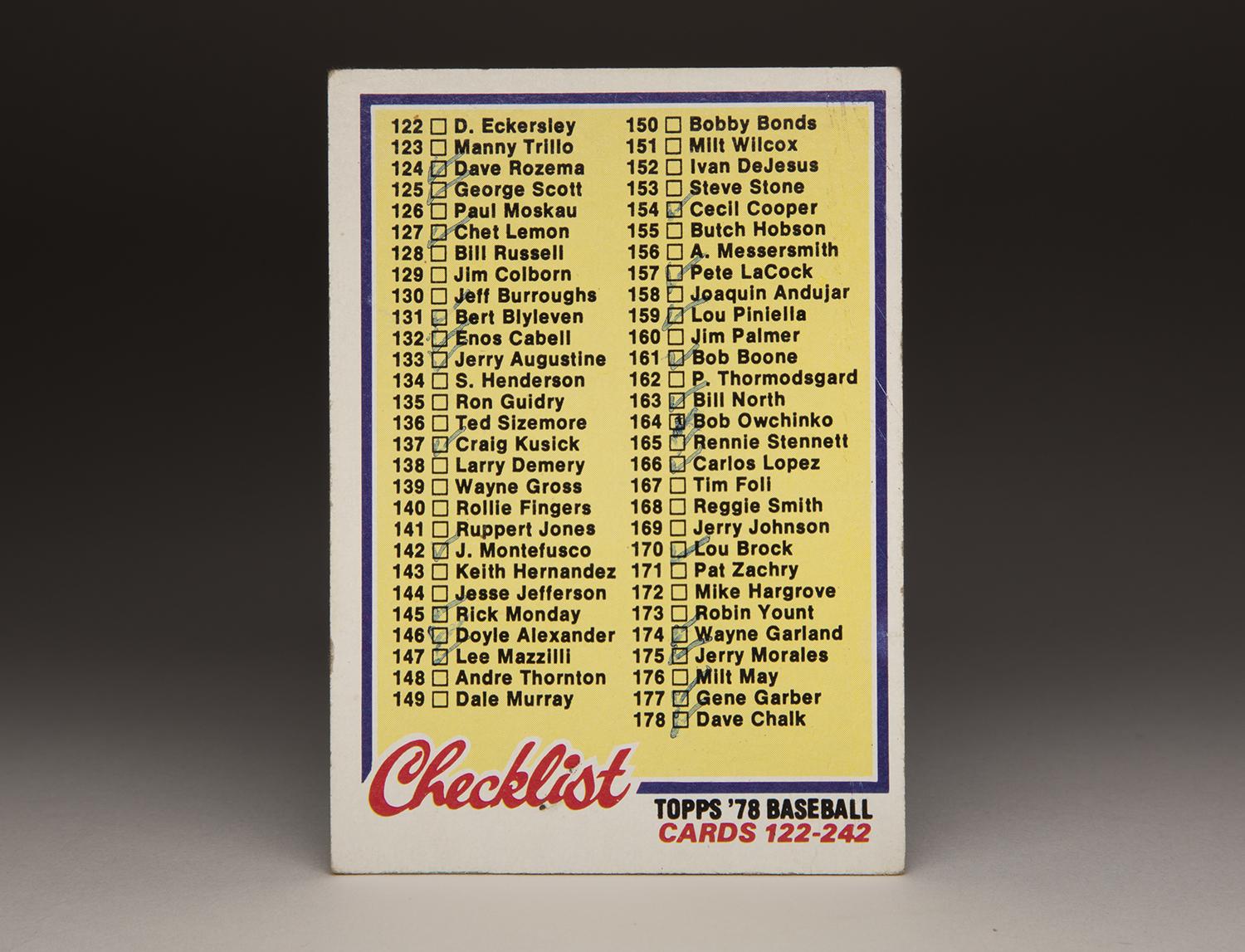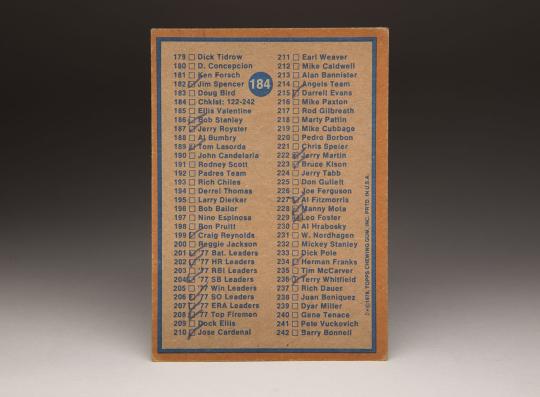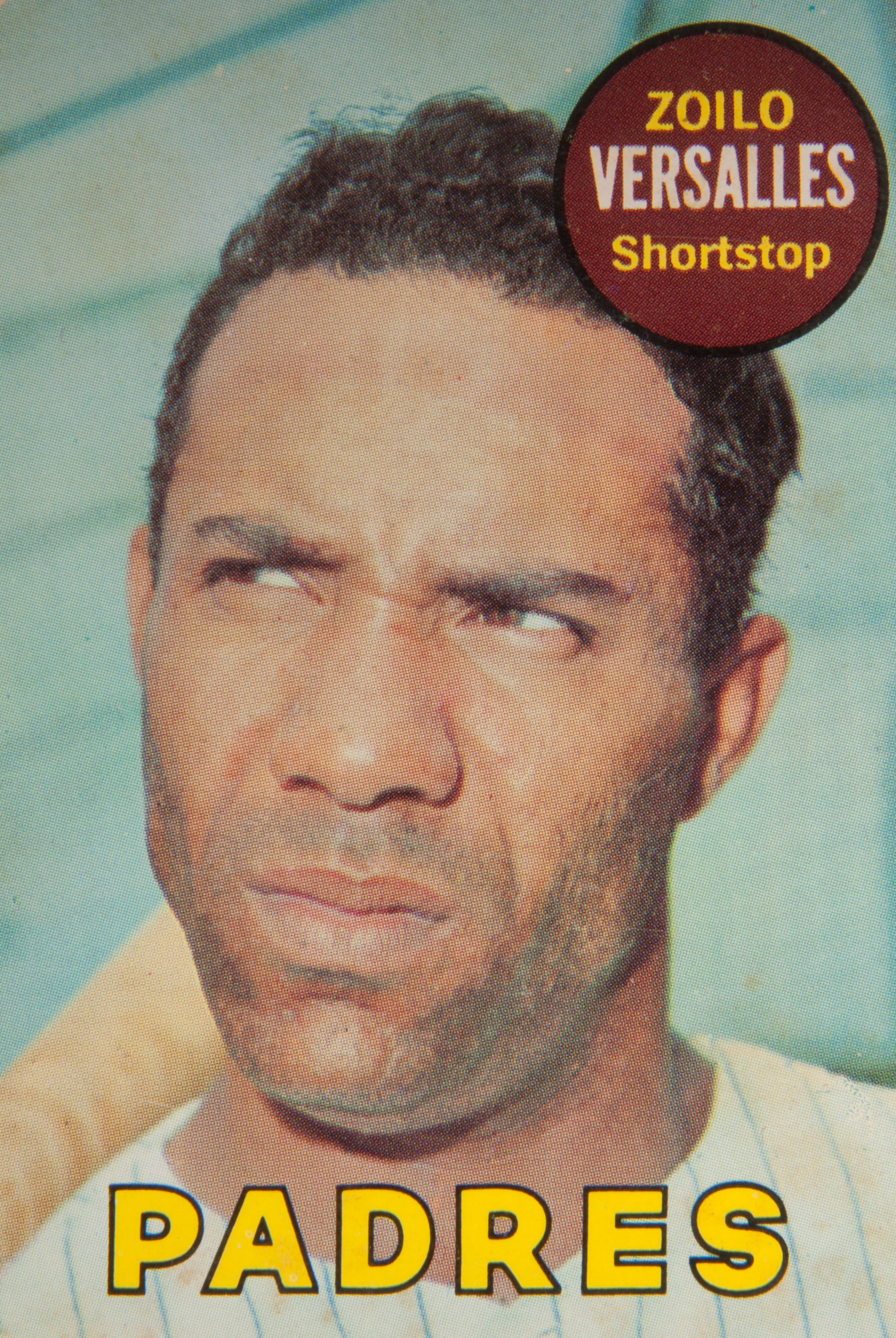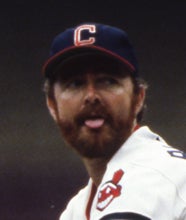- Home
- Our Stories
- #CardCorner: 1978 Topps Checklist
#CardCorner: 1978 Topps Checklist
They were the disposable smartphones of their day, but baseball history was the only information they offered.
Colorful cardboard that fit neatly into the palm of your hand, with a picture on the front and printed numbers on the reverse. Nothing made the nine-year-old me as breathless as I was when I opened a fresh pack of baseball cards.
And nothing was as crushing as discovering that one of those cards was a dreaded “checklist.”
Hall of Fame Membership
There is no simpler, and more essential, way to demonstrate your support than to sign on as a Museum Member.
Individual player cards were best, but team cards – why were those Cubs team shots always pictured with floating, seemingly disembodied heads of players – were acceptable as well. Then there were the manager cards, oriented long-ways (instead of vertically like the player cards) that were pretty cool as well. If not for those, I can’t say I’d be able to remember Bobby Winkles or Vern Rapp.
I can see myself outside the five-and-dime: My bicycle tumbled over on the sidewalk, my behind perched unsteadily on the low-to-the-ground shop window sill that was no more than a foot wide. I had just handed over 25 cents for a pack of 1978 Topps cards, and I was frantically searching for my favorites.
Suddenly, my heart sank. There’s that dumb checklist again – and sometimes two in the same pack…Really, Topps! – with nothing more than names of players and a corresponding card number, along with a convenient check box for those compulsive enough to use them as an organizing tool. Talk about the ultimate bait and switch. For my quarter, I expected my money’s worth. But the checklists seemed like a wasted three cents. No player photo, no stats to memorize – the ultimate in lack of trade value.
“Hey, Johnny, I’ll give you my Nos. 122-242 checklist for your Mike Schmidt. Is it a deal?” Not even the best general manager could make that one work. Why did Topps do this? I suppose it was to convince kids to try to get every card. But there were some players that just never came up in packs, no matter how many you bought. In the days prior to widespread card shows, some players were impossible to find.
For a while, I tried to be a good soldier and use the checklists. I marked off the cards I had, lamented about the ones I didn’t and stored the checklists in piles by themselves. But after a while, I lost interest.
Still, I saved them. Even the worst cards in the pack were still baseball cards. And anything connected to baseball was worth keeping.
Today, I look at those checklists with wonder. That’s my nine-year-old handwriting (or what passed for handwriting for a student who once received a “D” in penmanship). That’s who I was.
That’s the magic of baseball. So here’s to you Lee Mazzilli and Dave Rozema and even Bert Blyleven. If someone had told me in 1978 that the future Hall of Famer on that checklist would someday shake my hand in Cooperstown, I would have never believed them. And as for you guys like Paul Thormodsgard and Rod Gilbreath, don’t worry: I’ll never give up looking.
Craig Muder is the director of communications for the National Baseball Hall of Fame and Museum
Related Stories
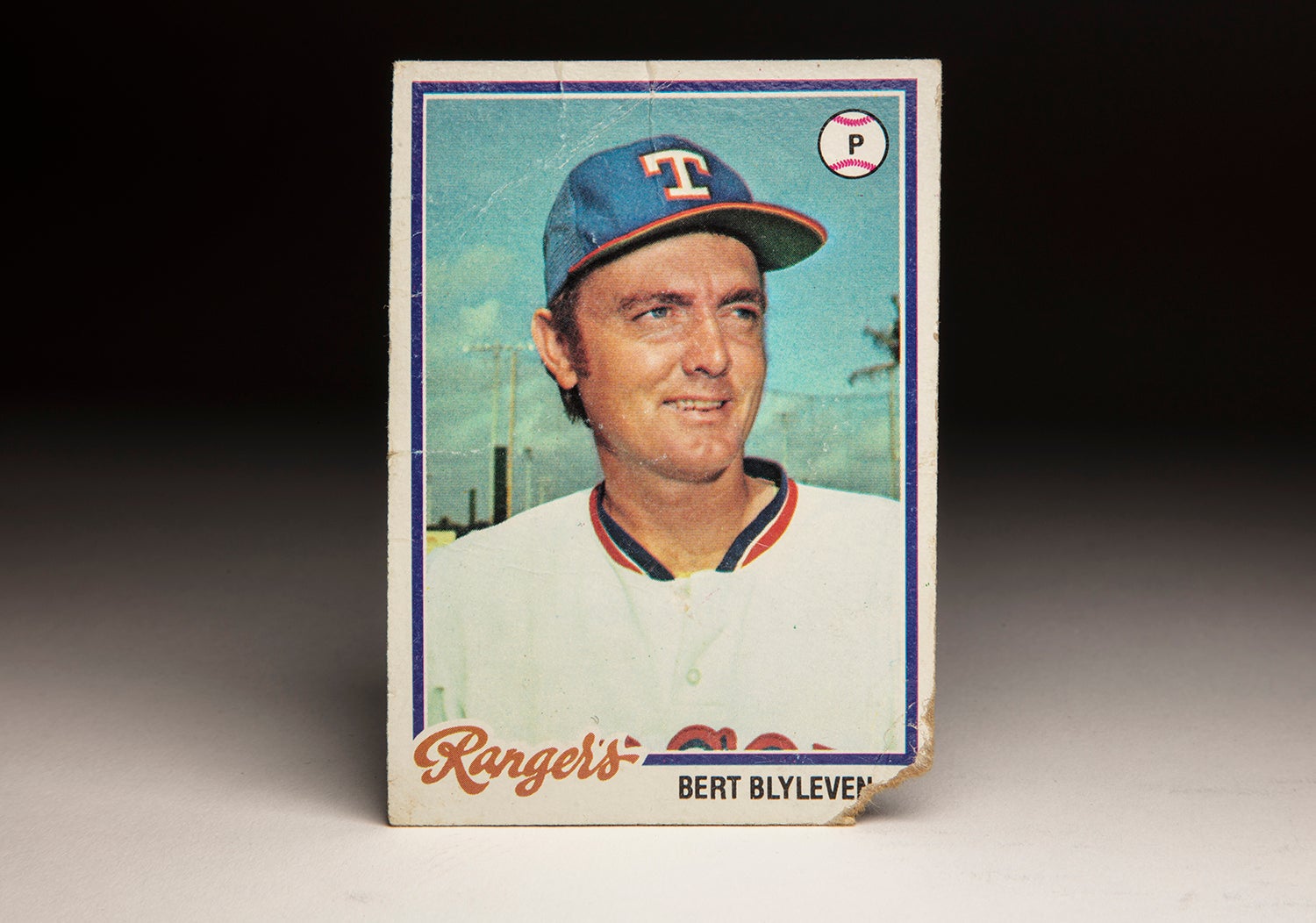
#CardCorner: 1978 Topps Bert Blyleven

#CardCorner: 1973 Topps Jim Hickman
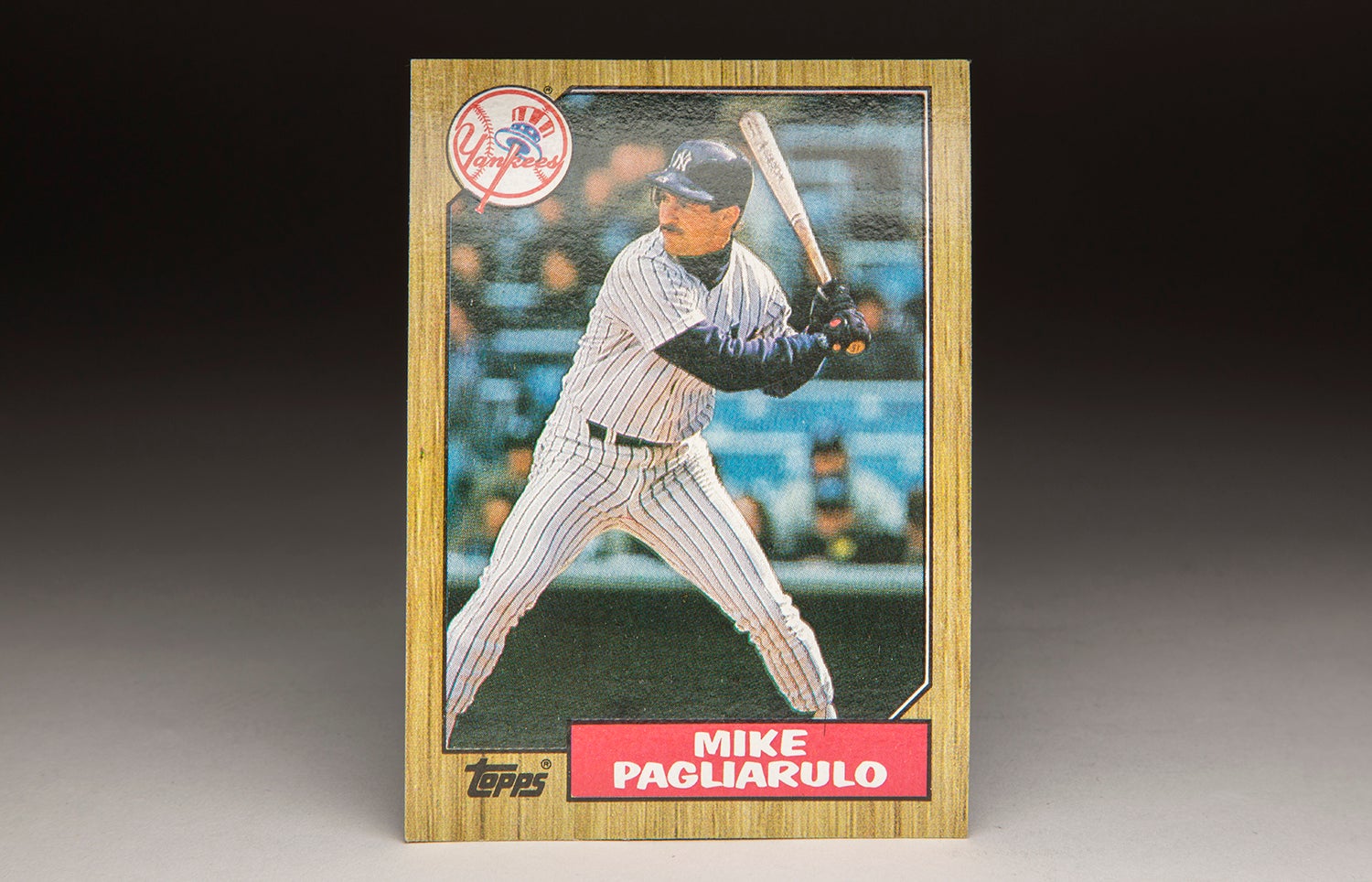
#CardCorner: 1987 Topps Mike Pagliarulo

#CardCorner: 1978 Topps Bert Blyleven

#CardCorner: 1973 Topps Jim Hickman


